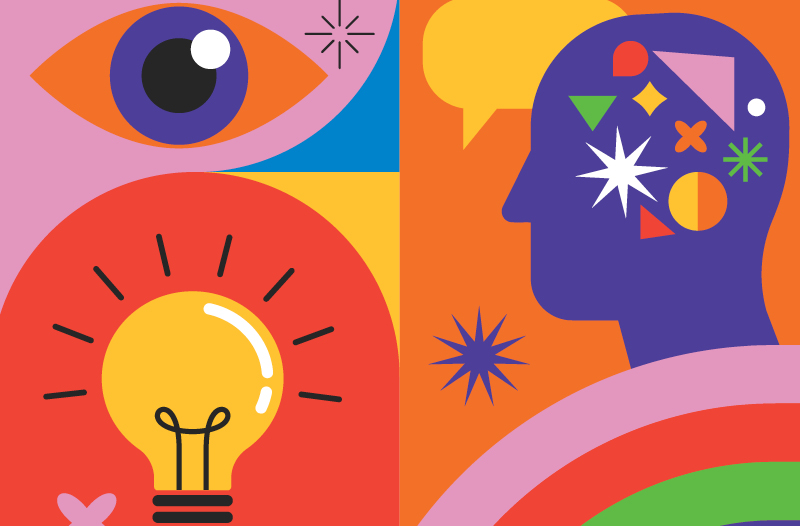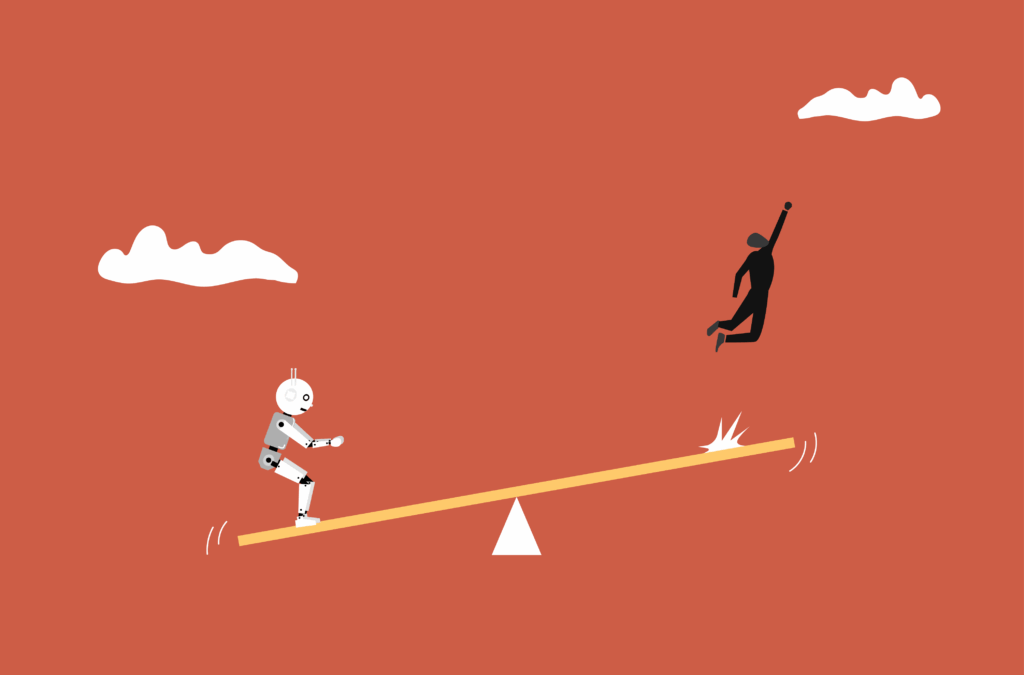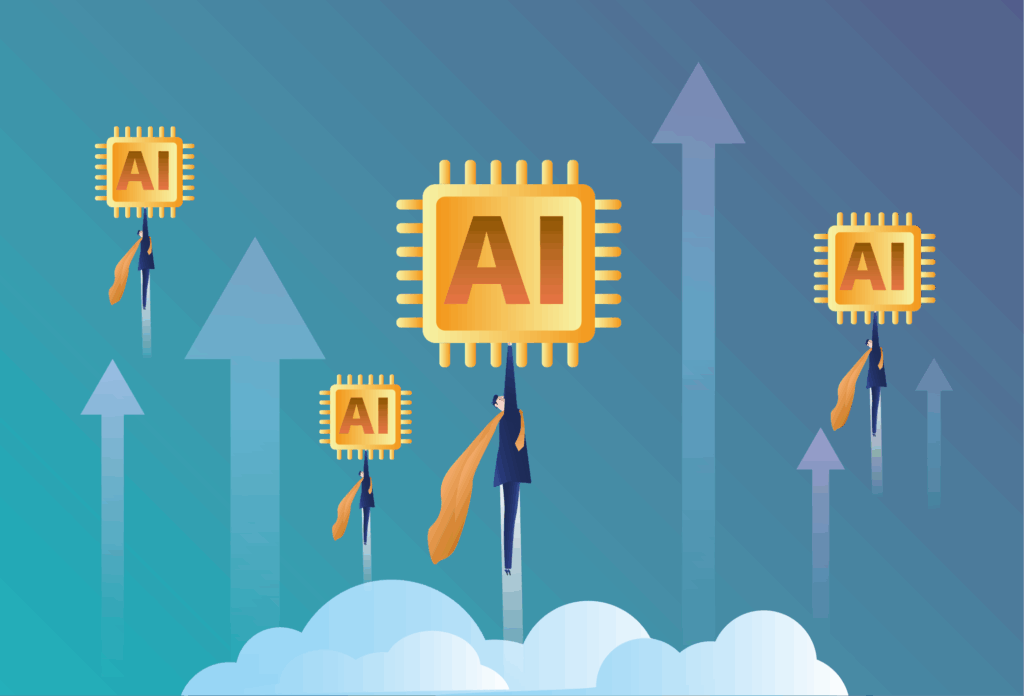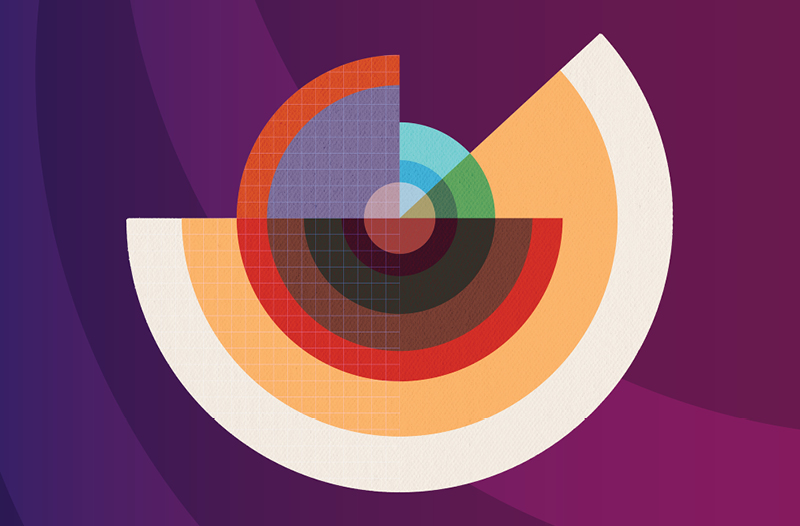
Bounce Back Up

“I get knocked down, but I get up again, you’re never gonna keep me down. I get knocked down…” Come on now, sing it with me! You know the song.
It’s “Tubthumping” by Chumbuwamba. (OK, I admit it…I didn’t know the name of the song or the artist. I had to look it up.)
But we all know the chorus! Why? I think it’s because these lyrics stir in us the spirit of resilience.
In his book Resilience, Eric Greitens defines the word as “the virtue that enables people to move through hardship and become better.” I have also seen resilience defined as the ability to adapt to change. Others say it’s a synonym for tenacity and perseverance. Whether you boil it down to a synonym or flesh it out with specifics, the key is to develop your ability to benefit from stressful situations and to help those who work with you gain that skill.
It’s more important than ever to build resilience skills to navigate the intense stresses of our current work lives. The United Nations has named stress a global epidemic, and the World Health Organization calls it the most challenging health problem of our times. But not all stress is the same. Believe it or not, some stress can actually be good for us.
Entrepreneur Rich Fernandez, in a Harvard Business Review article titled “5 Ways to Boost Your Resilience,” explains we should think about stress on a bell curve. Building toward the apex, we experience eudaemonic stress, which can help us perform at our peak and actually make us healthier and happier. Building toward the apex, stress motivates us. But once past the apex, we experience unhealthy strain, or distress, which increases our fatigue level and causes burnout.
What’s needed in the face of all this chronic, negative stress is resilience. Greitens says we need resilience to live a fulfilling life. With it, we are more prepared to take on challenges and to develop our talents, skills and abilities to live with more purpose and joy.
So where does resilience come from, and how do we get it? In their 2014 report, Tough at the Top, consultants Sarah Bond and Gillian Shapiro claimed, “90% of people identified themselves as a source of their own resilience.” Great! But what if we don’t have it inside ourselves? Can we develop it? Yes, Fernandez says, and he offers five ideas.
Exercise mindfulness. Mindfulness predicts judgment accuracy and insight-related problem solving and enhances cognitive flexibility. There are some apps that could be useful in helping develop mindfulness, including Headspace, Spire, Mental Workout, Calm, Whil and Simple Habit.
For a low-tech approach, Greitens recommends using the “4 Question” method to be more mindful in any situation:
- Why am I here?
- What’s going on?
- What I am going to do about it?
- How will my actions affect others?
Here’s an example of how that might work:
- Why am I here? To have a productive conversation with my spouse.
- What’s going on? He’s mad at me because I screwed up again.
- What am I going to do about it? Apologize and tell him I was wrong.
- How will my actions affect others? If I am sincere, we can have an enjoyable evening instead of fighting.
Compartmentalize your cognitive load. By compartmentalizing cognitive tasks, we optimize the way we process information. Fernandez recommends “serial monotasking,” which creates optimal conditions for effectively processing information.
Take detachment breaks. We have peaks and valleys of productivity and energy. Health psychologists call these ultradian (hourly) rhythms (as opposed to our circadian, or daily, rhythms). These cycles for mental focus, clarity and energy are 90 to 120 minutes long. It’s important to take breaks and step away from work to reset our energy and attention. These breaks help grow your resilience.
Develop mental agility. With practice we can learn to switch our neural networks. We can learn to respond to, rather than react to, stress-provoking situations or people. Fernandez recommends we decenter our stress, which means to pause, observe the experience from a neutral standpoint and then try to solve the problem. This is called “response flexibility,” which is considered a core resilience skill. By stepping back from a stressful situation and activating the thinking part of the brain rather than the emotional center, we are able to shift perspectives, create options and choose wisely, a valuable skill in a fast-paced, demanding, high-performance workplace.
Cultivate compassion. This includes compassion both for self and for others. When you practice compassion, you increase happiness and well-being, and this decreases stress.
In case you are thinking, “McDaid, you haven’t convinced me yet that I should care about building resilience in myself or others,” I have one more tidbit for you. In 2014, PricewaterhouseCoopers studied return on investment for resilience-related workplace initiatives. The researchers found a $2.30 return for each dollar spent.
The returns were in higher productivity, lower absenteeism and decreased turnover. It turns out building resilience makes a difference that can be measured.




